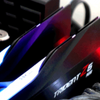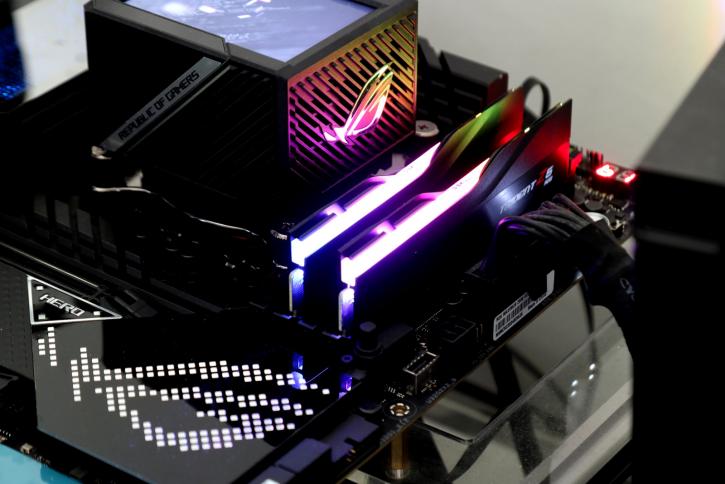Introduction
DDR5 Memory Scaling with G.Skill TridentZ5 6000 CL36 review
8x BIG and 8x Little and choosing a memory frequency
Recently we looked at the performance differential between DDR4 and DDR5 on Alder-Lake, Intels Gen 12th series processors. Today we review a G.Skill TridentZ5 6000 CL36 DDR5 kit and fire off frequencies to see what the performance sweet spot is. Pardon me, but is has been a cluster frack to see what the performance differential aas compared to DDR4, however, we have been testing with a sweet-spot 5200 MHz CL40 DDR5 kit, and as we have learned latency matters. In that mindset G.Skuill shipped out their best DDR5 memory, the G.Skill Trident Z5 RGB DIMM kit 32GB, rated DDR5-6000 and offering CL36-36-36-76 with on-die ECC.
G.Skill launches three DDR5 series right out of the gate: the Trident Z5, the Trident Z5 RGB, and the Ripjaws S5. Curiously, all of the kits come with 32GB (2x16GB) of storage and none of them are available at the base 4,800MT/s speed. Latency matters, that's exactly what this review is going to show you, but what does sharper latency have as an effect with frequency? Well in that mindset we'll be testing this memory kit at 3200 MHz, 4800 MHz, 5200 MHz, the default 6000 MHZ, and overclocked 6200 Mhz as well. The results will be a little baffling really.
DDR5 also comes with new features like a Power Management Integrated Circuit, often known as a PMIC, which is responsible for controlling voltage changes. This effectively allows the DDR5 module to take over energy management and lessen the demand placed on the motherboard controller. Compared to DDR4, the nominal DDR5 voltage is 1.1 V, but the normal DDR4 voltage is 1.2 V. And while DDR4 is normally 1.35V XMP, it can be as high as 1.45V in some instances. When it comes to the XMP voltage, DDR5 is most likely using 1.25V. Talking XMP; DDR5 also introduced XMP 3.0, which is an update to the previous version. By raising the number of profiles from 3 to 5, it is possible to fine-tune the system. This could imply three profiles for manufacturer settings and even two placeholders for users to save their own profiles, depending on the configuration. We all expected massive performance improvements from DDR5 memory. As it turns out that's not entirely the case. If you are purchasing a new system, it may be worthwhile to purchase DDR5 memory; however, it is expensive. The kit today for example passes 500 EUR at 31.50 EUR per GB. Our setup will be based on the sweet spot configurations; DDR5 5200 CL40 versus the new DDR5 6000MHz CL36 kit (2x 16GB). We'll be using the same Z690 HERO from ASUS as used in our previous articles to maintain consistency.


